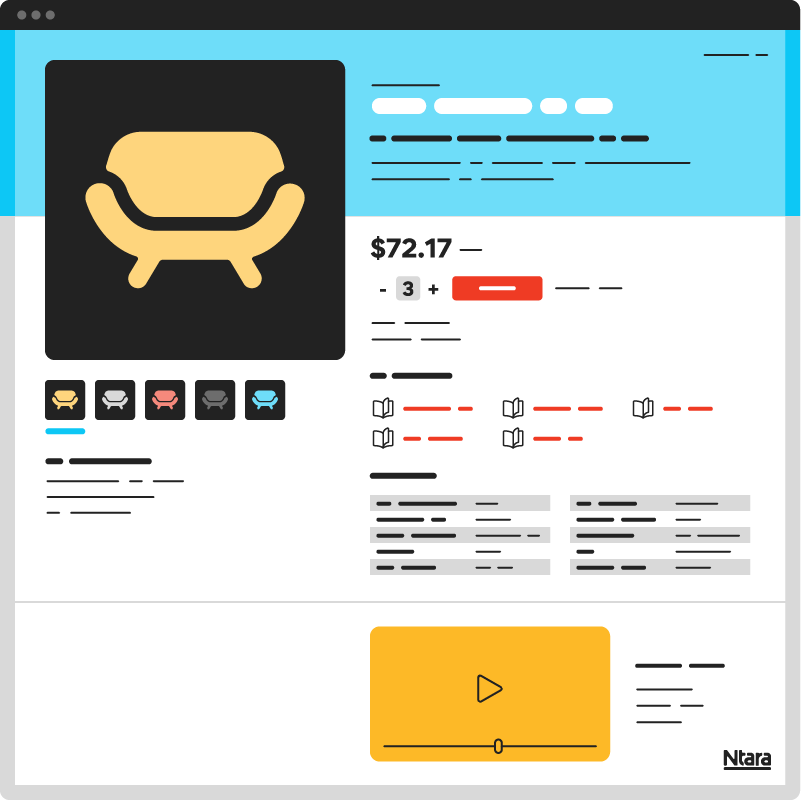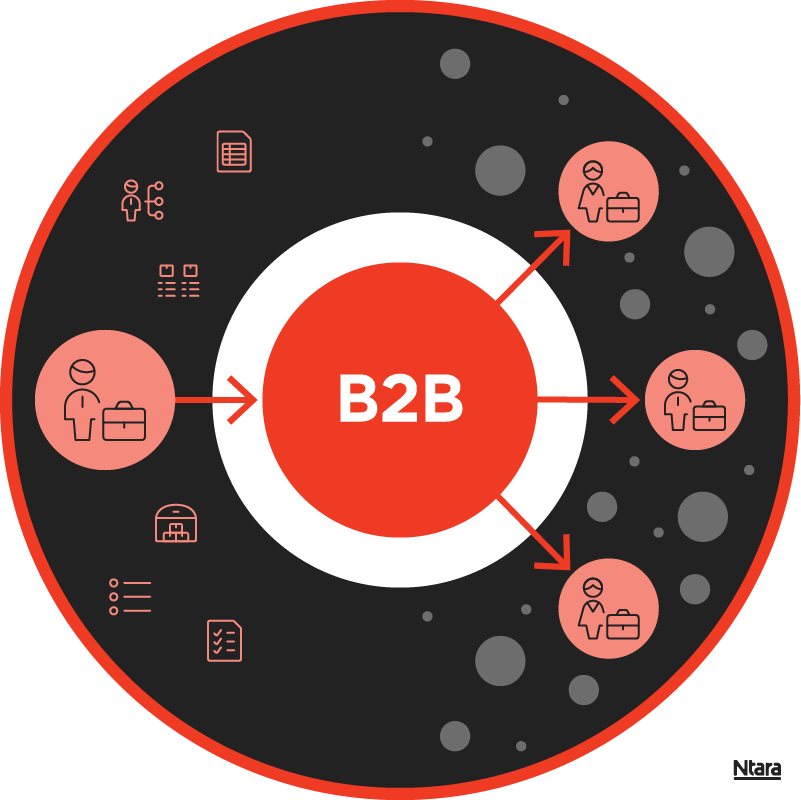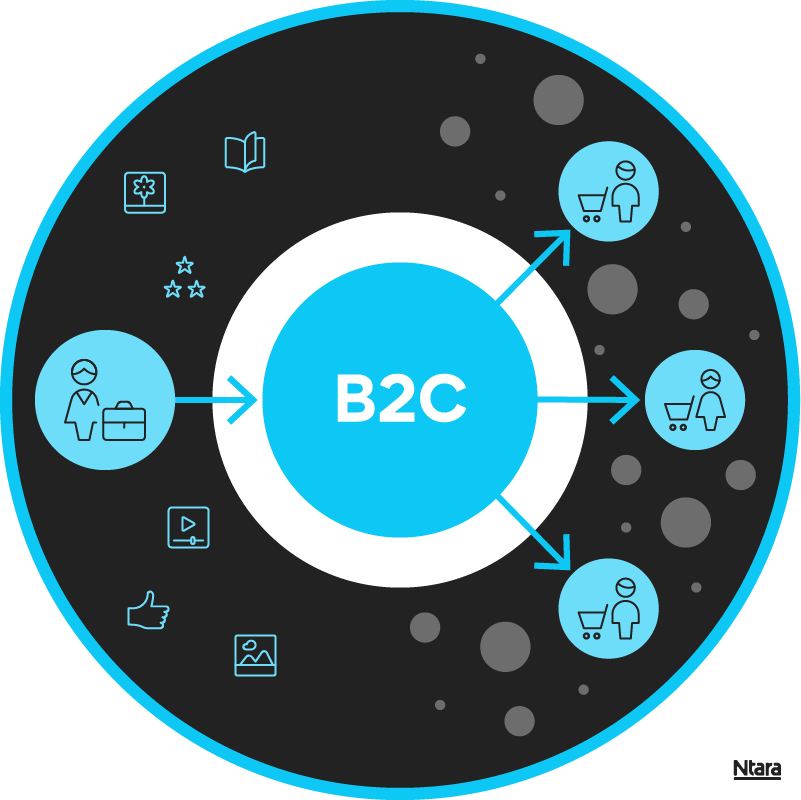
Ecommerce requires extensive planning, whether you’re launching for the first time or upgrading an older platform. To make the most of your time and resources, consider ahead of time:
- Who are your target customer segments?
- What do they expect to see on your website?
- Where else do they shop for your products?
- What isn’t connected in your ecommerce ecosystem that should be?
- What manual ecommerce processes could you automate?
- How will your business scale in the future?
- What impact could that have on your ecommerce site?
The value of a modern ecommerce website
The way your customers shop has shifted dramatically. They use more channels and shop more autonomously than ever before. And there are endless sites to choose from. You have very little time to give them what they need. If they can’t easily find it, they move on to your competitor.
That means you must know what they expect on your ecommerce website. You need the product data they want, written with the verbiage they use. You must deliver the collateral they need—from brochures to 360° videos to technical spec sheets and more.
The product information on your ecommerce website must be complete, accurate, and available at all times. Otherwise, you risk losing customers and weakening the strength of your brand.


B2B ecommerce websites
Research shows that the B2B shopping experience has evolved greatly in recent years. B2B sales used to be primarily through catalogs and sales reps. Now, it’s more digital and self-guided. Customers often begin on the manufacturer’s website. But over time, they visit retailers, distributors, and marketplaces—multiple times. Today’s B2B buyer collects and evaluates product information until it’s time for them to buy.
Your B2B ecommerce website must be as helpful as your sales team. Maybe more. If your customers can’t find what they need on your site, they will bounce and go find it somewhere else.
It’s more important than ever to create an ecommerce experience that anticipates your customer use cases. Create mechanisms on your site for comparing products, saving lists, and bulk ordering. Personalize on-site experiences. Automate the flow of data between your ecommerce engine and your PIM, DAM, payment gateway, shipping providers, CRM, ERP, CMS, and more.
B2C ecommerce websites
The B2C shopper has always done it their way – but now they have more options. And your competitors are investing in modern ecommerce experiences. That means it’s time to raise the bar.
Your site must deliver the intuitive experience B2C customers are used to. If not, they’ll find another one that does. Your site needs an engaging design with intuitive function. Ample product content, including brochures, images, videos, and reviews. Flexible payment options. An easy shopping cart.
Your ecommerce website must deliver the information they expect at the exact time they expect it. If yours doesn’t do that, it’s time to modernize.

What you get with an ecommerce website
MVP launch strategy
Prioritized action plan for an iterative launch of your ecommerce website
Impactful UX and UI
Strategy and design that anticipates user needs and exceeds expectations
Ecommerce integrations
Connect your digital ecosystem and automate the flow of critical information
Performance analytics
Plan for tracking metrics that matter, providing actionable insight for optimization
Prep your business for an ecommerce upgrade
Learn how Ntara helps you prepare upfront to ensure a successful ecommerce project.
Get ecommerce content in your inbox
Join our email list to receive information from the ecomm consultant’s perspective.
Let’s talk about ecommerce.
Schedule a meeting with a member of our team to discuss your business needs.
